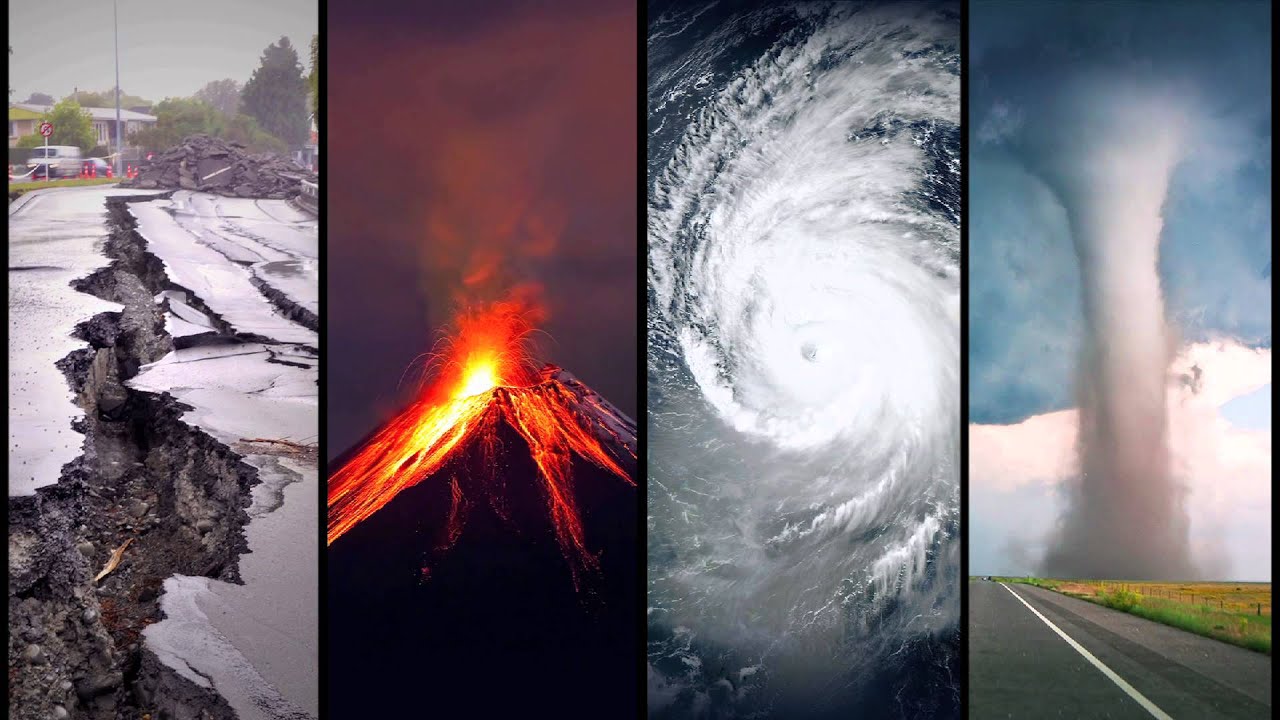According to insurers and risk modeling experts, climate change has increased the cost of natural disasters by increasing the frequency and severity of flooding and wildfires.
The ten most expensive events of the last decade, as provided to Reuters by risk modeling firm RMS, all occurred within the last five years.
While richer countries with more expensive assets suffer the greatest losses, developing countries such as Pakistan, which suffered flooding this year that cost an estimated $3 billion, frequently bear the brunt of damaging weather events.
The question of how to get money to poorer countries after natural disasters have been a recurring theme at the COP27 climate talks in Egypt, and insurance is seen as one solution.
At the climate conference on Monday, the G7-led “Global Shield” plan to provide pre-arranged insurance and disaster protection funding to countries suffering from climate disasters was unveiled.
The disasters are ranked by economic losses, both insured and uninsured, with the most expensive disasters at the top.
California wildfires were overly destructive
After a multi-year drought in California, numerous fires destroyed more than 100 million trees in 2017 and 2018. If we have to choose, the worst fires were Tubbs Fire in October 2017 and Camp Fire in November 2018.
If we measure in money, the loss in 2017 was $180 billion, and $148.5 billion in 2018. In California wildfires, we lost 40 lives in 2017 and 103 more next year.
Atlantic hurricanes: One year, three natural disasters
The three hurricanes devastated parts of Florida, Texas, Puerto Rico, and the Caribbean in the period between May and August 2017.
Hurricane Harvey caused a loss of $125 billion, Irma’s loss was $65 billion and Maria’s loss was $107 billion. Counting in people’s lives, of three natural disasters the most disastrous was Hurricane Maria. It took 4.600 lives. Irma killed 134 people, and Harvey – 88.
Australia was burning too
In 2019-2020 nearly 11 months of bushfires affected 80% of Australians and killed or displaced at least three billion animals. The total loss was $110 billion, and 34 people lost their lives.
Latest hurricane Ian
Hurricane Ian hit southwestern Florida and South Carolina this September. It reached a 4-meter high storm surge on the west coast of Florida. Total loss is estimated at more than $100 billion, and 101 people have lost their life.
Hurricane Ida hit New York
Hurricane Ida hit Louisiana last year and also brought heavy rain and flooding to New Jersey and New York. The total loss was estimated at $75 billion, and 107 people were killed.
Natural disasters hit Europe too
In July 2021 heavy floods hit Germany and Belgium. Between July 12-15, intense rainfall caused record river levels and left a trail of destruction. The damage was mainly in Belgium and Germany but also in Austria, Switzerland, and the Netherlands.
The total loss was 40 billion euros, and 230 people lost their lives.
Typhoons are not new natural disasters in Asia, but…
Typhoons Faxai and Hagibis hit Japan between August and October 2019. The two typhoons hit central and eastern Japan. Faxai caused 900,000 homes to lose power, while more than seven million people were told to evacuate due to Hagibis.
Faxai caused a loss of $9.1 billion and Hagibis loss was $17 billion. Hagibis killed 85 people.
European heatwave summer 2022
Central Europe suffered three heatwaves over the whole summer this year. Also, this summer the hottest temperature so far was measured in Britain ever. It was 40.3 degrees Celsius. As a result of excess heat 1,500 have lost their lives and the overall loss was more than 10 billion euros (which is around $10.43 billion).
American natural disasters came as a heatwave too
Northwestern U.S. and British Columbia Canada suffered a heatwave in June and July last year. An extreme heatwave from the last days of June caused many wildfires across western Canada and the U.S. Pacific Northwest.
Total loss estimation is at $8.9 billion, but much worst is that 1,400 died as a result of excess heat.
Monsoons caused Pakistan floods
Intense monsoon rains and unusual heat in the Karakoram Mountains this summer led to unprecedented glacial melt. That started floods on June 14. It took months for floodwaters in flat-lying Indus floodplains to recede. The floods forced eight million people to flee.
The total loss of this unprecedented flood in Pakistan was $3 billion, but the worst news is 1,717 people died.
These are only the major incidents climate change caused.

